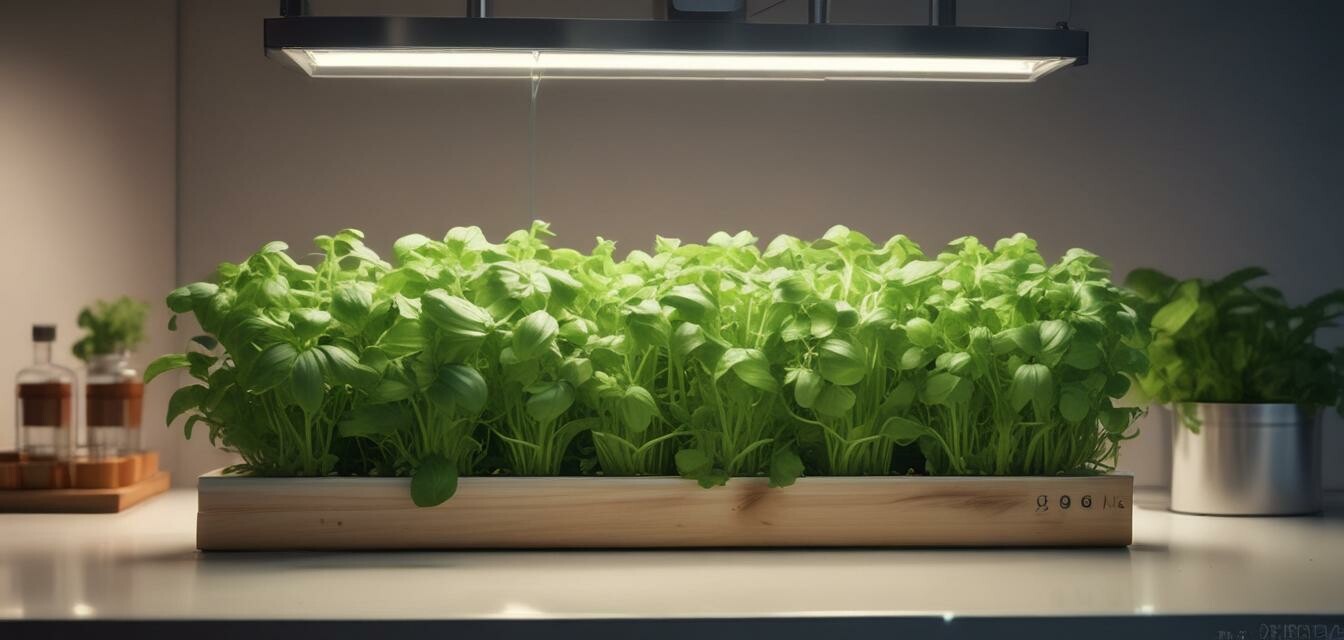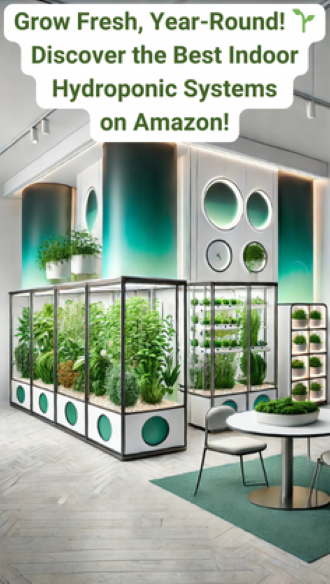
Tips for Growing Herbs Hydroponically
Key Takeaways
- Select herbs that thrive in hydroponic systems such as basil, cilantro, and mint.
- Maintain optimal nutrient levels for successful growth.
- Monitor and adjust pH levels regularly to ensure plant health.
- Utilize efficient lighting solutions to stimulate growth.
- Consider environmental control equipment to create ideal growing conditions.
Growing herbs hydroponically is a rewarding endeavor that allows you to cultivate fresh flavors right in your home. This beginner-friendly guide will walk you through selecting the right herbs, setting up your hydroponic system, and mastering the techniques necessary for flourishing herb gardens.
Why Grow Herbs Hydroponically?
Hydroponics offers many advantages for growing herbs:
- No soil needed, reducing pests and diseases.
- Faster growth rates due to direct access to nutrients.
- Space efficiency, making it ideal for urban dwellers.
- Year-round cultivation regardless of climate.
Choosing the Right Herbs
When deciding which herbs to grow, consider their growth habits and nutrient needs. Here are some popular herbs that thrive in hydroponic systems:
| Herb | Light Needs | Growth Time (days) |
|---|---|---|
| Basil | 12-16 hours/day | 30-45 |
| Cilantro | 12 hours/day | 30-60 |
| Mint | 12-16 hours/day | 30-40 |
| Parsley | 12-14 hours/day | 70-90 |
Setting Up Your Hydroponic System
To get started, you must select a hydroponic system that suits your space and growing goals. Here are some popular options:
- Countertop Hydroponic Kits: Ideal for small spaces and beginners.
- Vertical Hydroponic Systems: Maximize growing space with vertical setups.
- Environmental Control Equipment: Tools to monitor temperature and humidity.
Basic Components of a Hydroponic System
Your hydroponic system should consist of the following parts:
- Growing medium (e.g., rock wool, clay pellets)
- Water reservoir
- Pumps and tubing
- Nutrient solution
- Grow lights
Nutrient Management
Proper nutrient management is critical for growing healthy herbs. Nutrient solutions contain essential elements such as nitrogen, phosphorus, and potassium. Here are some tips:
- Mix nutrient solutions as per the manufacturer's instructions.
- Regularly check and adjust the nutrient concentration.
- Use a quality nutrient solution designed for herbs.
Maintaining Optimal pH Levels
The pH level of your nutrient solution affects nutrient uptake and overall plant health. Aim for a pH level of around 5.5 to 6.5. Here’s how to maintain it:
- Use a pH meter to regularly check levels.
- Add pH up or pH down solutions as needed.
- Change the water in your reservoir every two weeks.
Lighting Solutions for Herb Growth
Herbs require adequate light for photosynthesis. Choose lighting that mimics natural sunlight.
Recommended options include:
- LED Grow Lights: Energy-efficient and designed specifically for plants.
- Fluorescent Lights: Good for seedlings and young plants.
Monitoring Environmental Conditions
Keeping an eye on temperature and humidity is essential for optimal growth. Invest in environmental control systems.
- Use fans for airflow and cooling.
- Ensure good drainage in your system.
Beginner Tips for Success
- Start with a few herb varieties to keep things simple.
- Keep records of your nutrient mixes and growth patterns.
- Join online communities for hydroponic growers for shared tips and experiences.
Troubleshooting Common Issues
Here are some common issues you may encounter while growing herbs hydroponically and their solutions:
| Issue | Possible Causes | Solutions |
|---|---|---|
| Yellowing Leaves | Over or under-nutrition | Adjust nutrient levels |
| Wilting Plants | Inadequate watering or lighting | Check water reservoir and lighting |
| Pest Infestation | Unclean environment | Use organic pesticides and maintain cleanliness |
Conclusion
Growing herbs hydroponically can be a fulfilling hobby that brings freshness to your meals. With the right approach, you can cultivate a lush indoor garden that supplies you with a variety of herbs year-round. Remember to keep learning and adjusting your methods as you gain experience.
